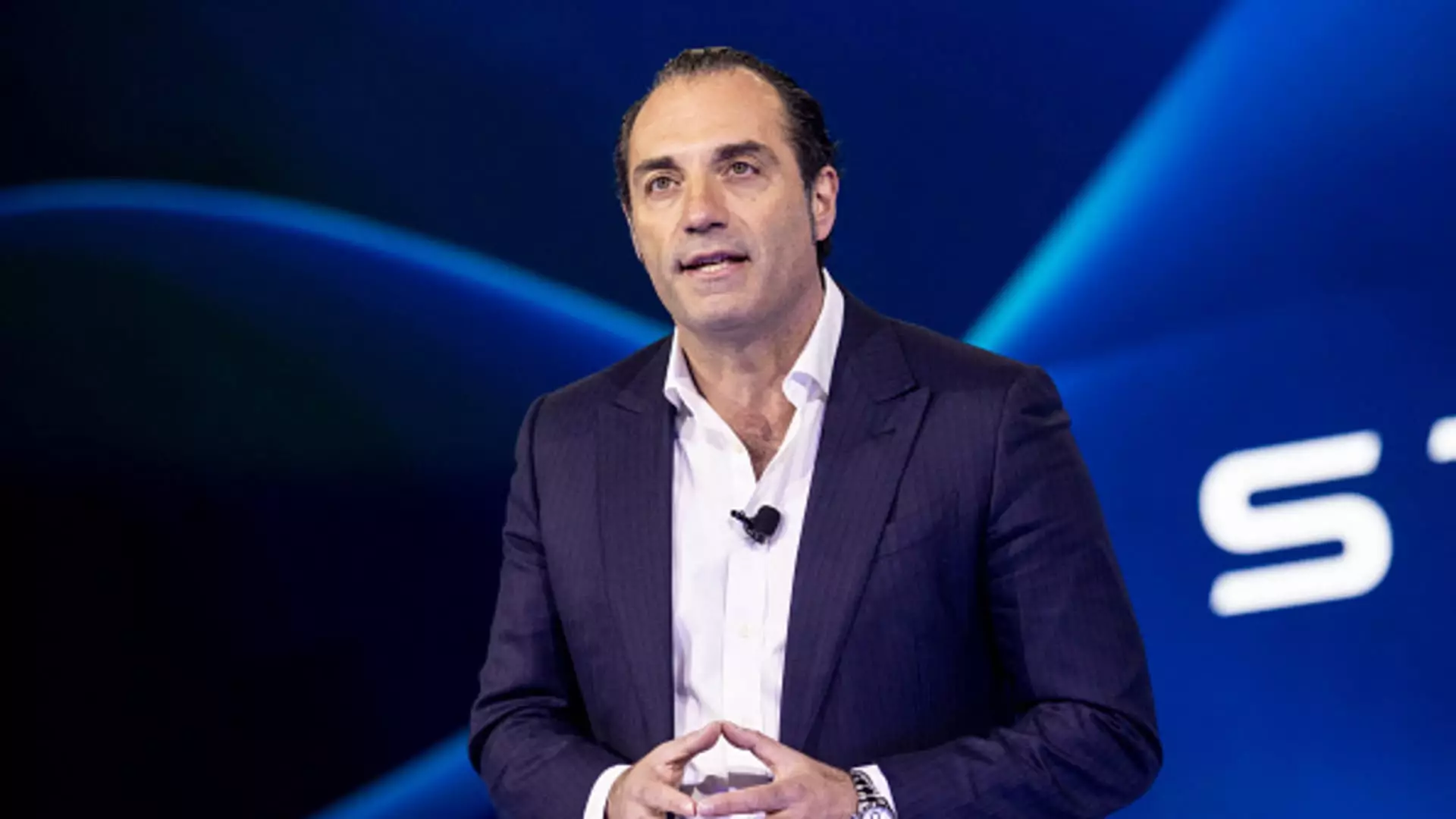In the competitive landscape of the automotive industry, Stellantis has found itself at a crucial juncture. The merger between Fiat Chrysler and PSA Groupe in 2021 created a behemoth, yet the company’s U.S. sales have struggled significantly, dwindling from a 12.6% market share in 2019 to just 9.6% by 2023. The need for a strategic overhaul has never been more pressing. With Antonio Filosa stepping in to lead North American operations, there appears to be a renewed focus on revitalizing retail sales and restoring Stellantis’ standing in the American market.
During a recent media gathering at the Detroit Auto Show, Filosa made it clear that growing U.S. retail sales is the organization’s top priority. Unlike previous management approaches that sometimes overlooked the nuances of the American consumer landscape, Stellantis is now emphasizing a more focused leadership team that prioritizes dealer relationships and innovative product releases. This renewed strategy is essential, as past performance indicates a need for a drastic transformation to not just stabilize the market share, but to build on it.
Stellantis faces notable obstacles, with the decline particularly pronounced in key brands such as Jeep and Ram Trucks. These brands have historically been seen as cornerstones of the company, but recent sales performance has been disheartening. Tim Kuniskis, head of Ram, openly acknowledged the challenges the brand experienced over the past year due to a sluggish rollout of redesigned models including the Ram 1500. However, there is an air of optimism among executives like Kuniskis and Bob Broderdorf, head of Jeep North America, who both assert that there are aggressive strategies in place to regain momentum. This mindset of “grow or die” underscores the urgency of the situation.
While the previous direction under former CEO Carlos Tavares focused on maximizing profits and imposing strict cost-cutting measures, it led to disarray in market share and consumer engagement. The lack of attentiveness to the specific needs of the North American market raised serious questions regarding Stellantis’ long-term viability. Filosa’s acknowledgment of past mistakes is a crucial step towards restoring confidence among dealers and consumers.
A significant component of Stellantis’ turnaround strategy rests on rebuilding effective relationships with dealers. The company plans to offer additional incentives to strengthen these bonds, recognizing that dealers serve as the frontline in sales and customer service. By aligning their objectives with those of their dealers, Stellantis hopes to cultivate a more symbiotic relationship that benefits all parties involved. Such cooperation is particularly important as consumer preferences shift toward more electric and hybrid options.
Moreover, Filosa’s remarks highlight the need to adapt to an evolving regulatory environment, especially with potential changes on the horizon from the incoming Trump administration regarding electric vehicle incentives and trade tariffs. The ability to pivot in response to these changes may define Stellantis’ success in maintaining its competitive edge. The acknowledgment that additional job opportunities may arise based on these regulations indicates a proactive approach to market fluctuations.
For Stellantis, the path forward is laden with challenges, but also ripe with opportunities for recovery and growth. A strategic partnership with dealers, a renewed focus on product innovation, and a responsive approach to market changes could turn the tide for the company. As the auto industry moves increasingly towards electrification and sustainability, Stellantis must not only respond to current challenges but also anticipate future trends.
While Stellantis has faced substantial setbacks in recent years, there is a palpable sense of energy and resolve within the organization. Filosa’s leadership brings a renewed focus to the North American market at a time when the stakes have never been higher. If executed effectively, Stellantis could very well reclaim its foothold in the U.S. automotive landscape, ensuring a more prosperous future for the giant automaker.

